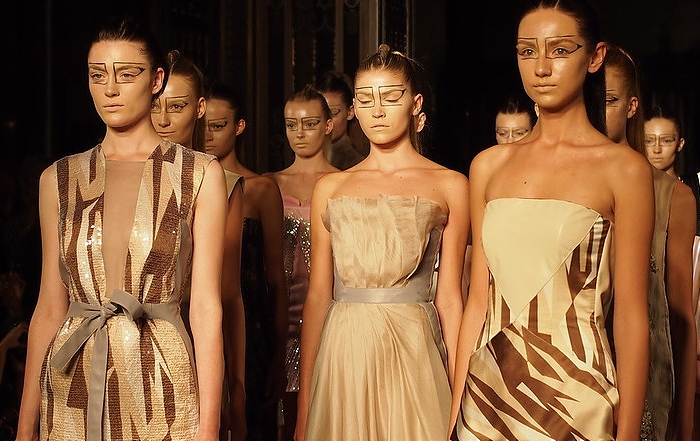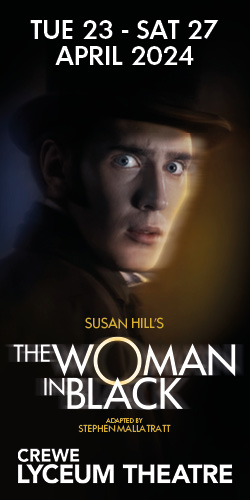
London Fashion Week is usually held twice a year, in February and September, and there are likewise specific men’s fashion week shows in January and June.
As a “Big Four” fashion week alongside Milan, Paris, and New York, London owns a significant piece of the worldwide market and is known for its inventive creations.
However, the event has experienced plenty of difficulties along the way. Here is what you need to know about the history of this lofty event.
The British Fashion Council, a non-profit intending to advance British fashion in the UK and abroad, was established in 1983 and started London Fashion Week in 1984.
The British Designer of the Year title was additionally granted, with the all-out yearly British Fashion Awards tagging along in 1989.
The principal LFW was held in a West London vehicle parking area, with tents raised outside Kensington’s Commonwealth Institute.
Some of the youthful designers to make a big appearance were Betty Jackson, David Fielden, and John Galliano, whose French Revolution-enlivened degree collection caused a whirlwind of fervor. After five years, a 16-year-old Kate Moss made her catwalk debut for him.
Following a pleasant decade during the 1980s, LFW suffered in the mid-90s during and after the recession. In 1992, the event was restricted to only a couple of rooms in The Ritz with a modest bunch of fashioners.
However, for fashion folks, it was a significant year.
It was the first occasion when the late Alexander McQueen appeared. He would proceed to become a noteworthy British fashion designer.
Naomi Campbell took to the runway topless in 1993, taking attention back to London. The assortment by Stella McCartney in 1995, modeled by Campbell and Moss, sold out completely.
In 1997, Sophie Dahl, grand-daughter of Roald, strolled the runway. At size 14, she hit a glaring difference with the typical thin models, starting a public discussion about anorexia and the fashion business.
London Fashion Week hit new challenges in the mid-2000s, with British designers, including McQueen and McCartney, fleeing to European fashion houses, and US designers hesitant to go after 9/11.
It encouraged Topshop’s 2005 introduction as the primary high street store to get highlighted.
In 2009, the British Fashion Council prevailed with getting back significant brands, for example, Burberry to London, and US Vogue supervisor Anna Wintour got back to the front row following a two-year non-appearance.
Digital media turned into a significant piece of fashion weeks, and in 2014, more than 2,000 bloggers enrolled to go to LFW. Various shows likewise get live-streamed.
LFW is a prime supporter of London’s economy and in 2017, it contributed £32.3 billion to the UK’s GDP.
The 1990s ended up being an interesting decade for London Fashion Week.
Financial plunge and fading interest saw the event diminished to few designers appearing at The Ritz in 1992.
Nonetheless, it was also a period that encouraged the rise of names, including Alexander McQueen and Stella McCartney, who put on their first shows in 1992 and 1995 separately.
For Stella McCartney, hers was not normal for any typical alumni assortment, with McCartney enrolling supermodel companions Kate Moss, Yasmin Le Bon, and Naomi Campbell to walk for her.
In 1993, Campbell additionally came in for a critical LFW moment when she took to the catwalk topless for Philip Treacy.
It was the year she tumbled over in Vivienne Westwood’s vertiginous blue stages. And 1993 also saw the foundation of the BFC’s NEWGEN plan, supporting and sustaining new designers.
Also, despite the fact London lost a portion of its key talents – McQueen taking off to New York in the last part of the 1990s and different others scouted by French design houses in the mid-2000s – plenty more brands prospered, including Matthew Williamson, John Rocha, and Julien Macdonald, who was one of a few originators to benefit from the public’s adoration for the Spice Girls by sending Mel B sashaying down his catwalk in sparkling pink in 1999.
(Image London Fashion Week – pic by Farrukh, creative commons licence)

















Recent Comments